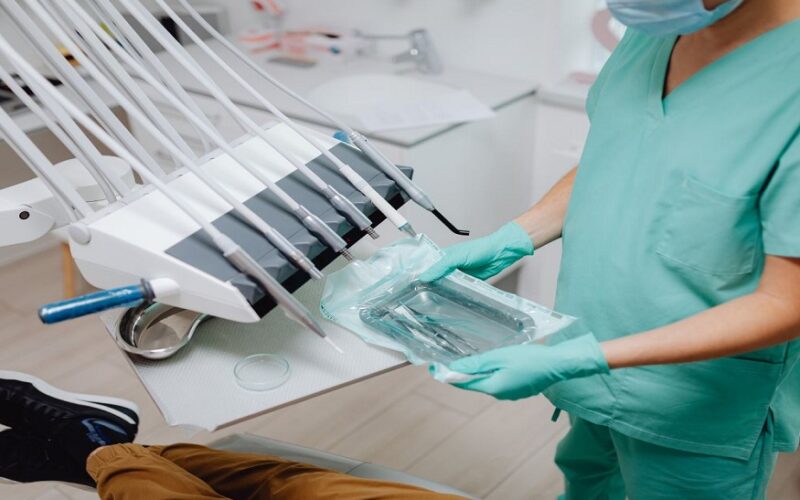Dealing with difficult patients is a something that everybody working in any of the very diverse range of healthcare jobs will be become quickly familiar with – often even before they graduate. Healthcare is, first and foremost, about serving patients. Patients are the alpha and omega of the profession, and so dealing with difficult ones is just a skill of the trade.
However, while it might be skill learned pretty early on, it’s one that takes many years to master. This is because patients are people and people come in all shapes, sizes, and temperaments. Unpleasant behavior from patients can take any number of forms, from the shouty and drunk ER casualty to the grumpy bed-bound elderly gentleman recovering from a broken hip.
Health Jobs Nationwide, a jobs board offering a range of opportunities, including physician assistant jobs, say that dealing with unpleasant patients is something that is now regularly taught in training courses and med school. So, even before they treat any real patients, healthcare professionals typically have some experience in dealing with the unpleasant ones.
The aim of all this discipline is always firstly to not take it personally, and secondly to know where to draw the line.
Not Taking Things Personally
The reason this particular tip is so important is that, very often, patients do hurl the kind of personal insults that can make the uninitiated feel pretty inadequate. This is not ideal on top of all the other stresses of beginning a career in medicine. Nevertheless, the thing to remember is that you are the medical professional not them, and the true appraisal of your work comes from other healthcare professionals. If you know that this is all in order, then it is infinitely easier to brush off harsh complaints from patients.
Another reason why this is useful is that a good deal of leeway is advised when dealing with an aggravated patient. These people are not behaving under normal conditions. Very often they are suffering, cut off from the joys in their life and, of course, sometimes they are approaching death. Therefore, setting a patient at ease should be the goal, not necessarily dealing with their pronouncements on a personal level.
Knowing Where to Draw the Line
Healthcare professionals are some of the hardest working people in our society, and certainly among the most vital. That prestige comes from the job they do, so it’s important to remember that doing that job does not include putting up with real abuse or physical aggression. This is where healthcare workers must learn to draw the line.
A patient admitted drunk on a weekend to ER and bleeding from the head is the type of person who could well become aggressive. This might be expected, to an extent. What is not permissible is when that aggression impacts the physical and/or mental well being of staff. Physical violence (of course) but also extreme forms of verbal abuse is something which no healthcare worker should have to tolerate.
At this point – depending on the behavior of the patient – it could be time to call security, or even the police. At the very least, you should know when to walk away and deal with the issue in consultation with hospital administration.
Bedside Manner
Outside of such situations though, the way to deal with aggressive patients is to aim at calming them down enough for you to effectively administer the treatment. This is often called bedside manner, and it’s a discipline of dealing with, in conversation, the storm of emotions a patient under trying circumstances can experience.
Hopefully, dealing with difficult patients will take this form most of time. But, as mentioned, it’s a learning curve.

